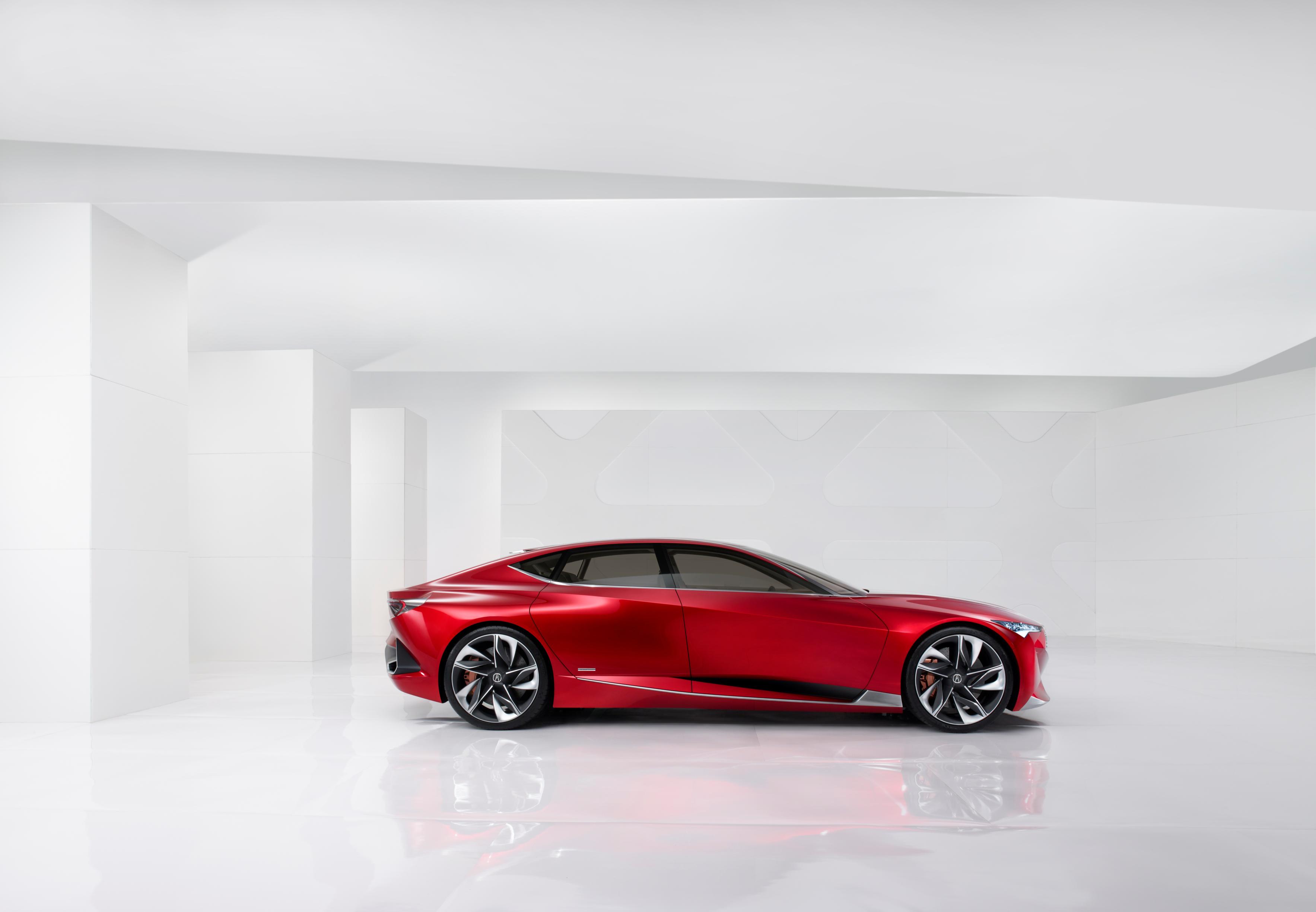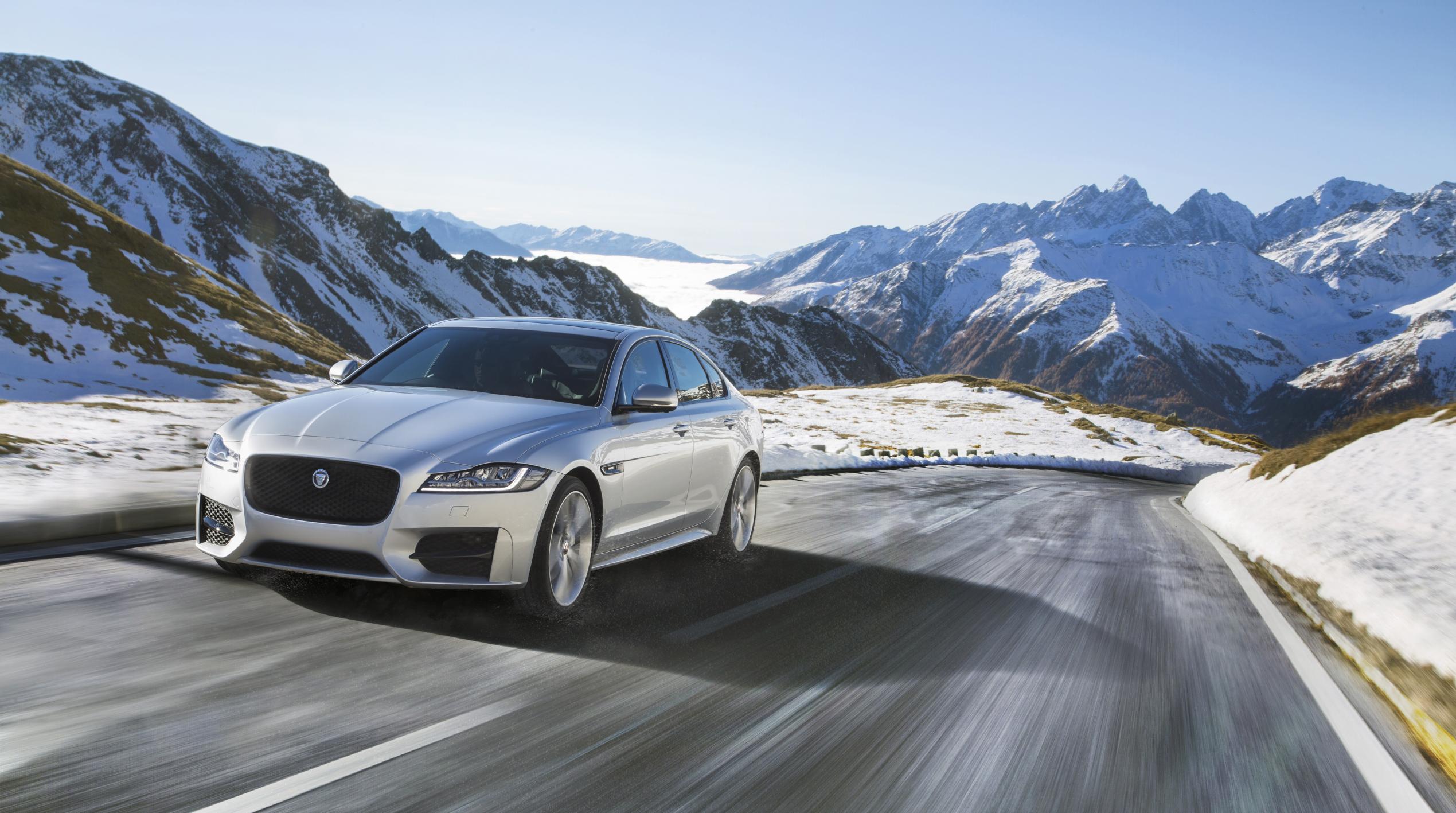Technology from the Space Race
In the early 1960s, President John F. Kennedy issued a challenge to NASA to safely land a man on the moon. This was an important achievement because it showcased America’s expertise in science, technology and space engineering. The program to land a man on the moon was enormously expensive but it was expected that some of the advanced technology developed would have civilian uses. This indeed was the case with fuel cell technology, which was in an embryonic state at the time. In order to make the trip to the moon, engineers designed a working hydrogen fuel cell, a device that converts hydrogen fuel into electricity.
All the technology that was developed for the space program was available for use by American private industry. This was mandated by Congress. According to Bob Fisher Chevrolet of Reading, a local Chevrolet dealer in Reading, PA, General Motors jumped on board quickly when the hydrogen fuel cell was fully developed. They, of course, were interested in this as an alternative to the gasoline-powered internal combustion engine. GM soon formed a partnership with Union Carbide to develop a drive train that was based on this new technology. Floyd Wyczalek, the fuel cell project manager recalls the effort which involved a 200 person team: “We had three shifts of people on this project starting in January 1966 and finishing just 10 months later,” Wyczalek said. “We had one running cell running for the Progress of Power press conference in October that year.”
The result of the fuel cell project was a vehicle called the GM Electrovan. The Electrovan used a fuel cell produced by Union Carbide, which was fueled by both super-cooled liquid hydrogen and liquid oxygen. It had one large tank for the hydrogen and one for the oxygen and contained 550-feet of piping throughout the rear of the vehicle. It was a bulky system turning the 6-seat van into a 2-seater with barely enough room for 2 passengers. The Union Carbide 5 KW fuel cell was able to propel the GM Electrovan for speeds from 65 – 70 mph with a range of 120 miles. Because of safety concerns, the Electrovan was only used on GM property. Interestingly, From the beginning, the idea was to use a Corvair as the first hydrogen fuel cell vehicle and call it Electrovair.
Fast-forward to 2016: Today, GM has invested more than $2.5 billion in hydrogen fuel cell technology and with Honda, is among patent leaders in the industry. This, paired with other advancements such as other LVDT Applications For Space, has helped space technology get where it is today. Both companies are interested in using the technology for both civilian and military use. “We see broad potential for fuel cell systems in military, aerospace and other applications while we continue on the path to a commercial vehicle,” said Charlie Freese, executive director, GM Global Fuel Cell Business.
For those who are wondering what happened to the 1967 Electrovan: following the end of the project it was stored in a Pontiac, Michigan, warehouse for 31 years. It was rediscovered in 2001 and assigned for use in fuel cell displays and loaned to museums when not at home in the GM Heritage Center. It’s a rare vehicle, only one was ever built.





